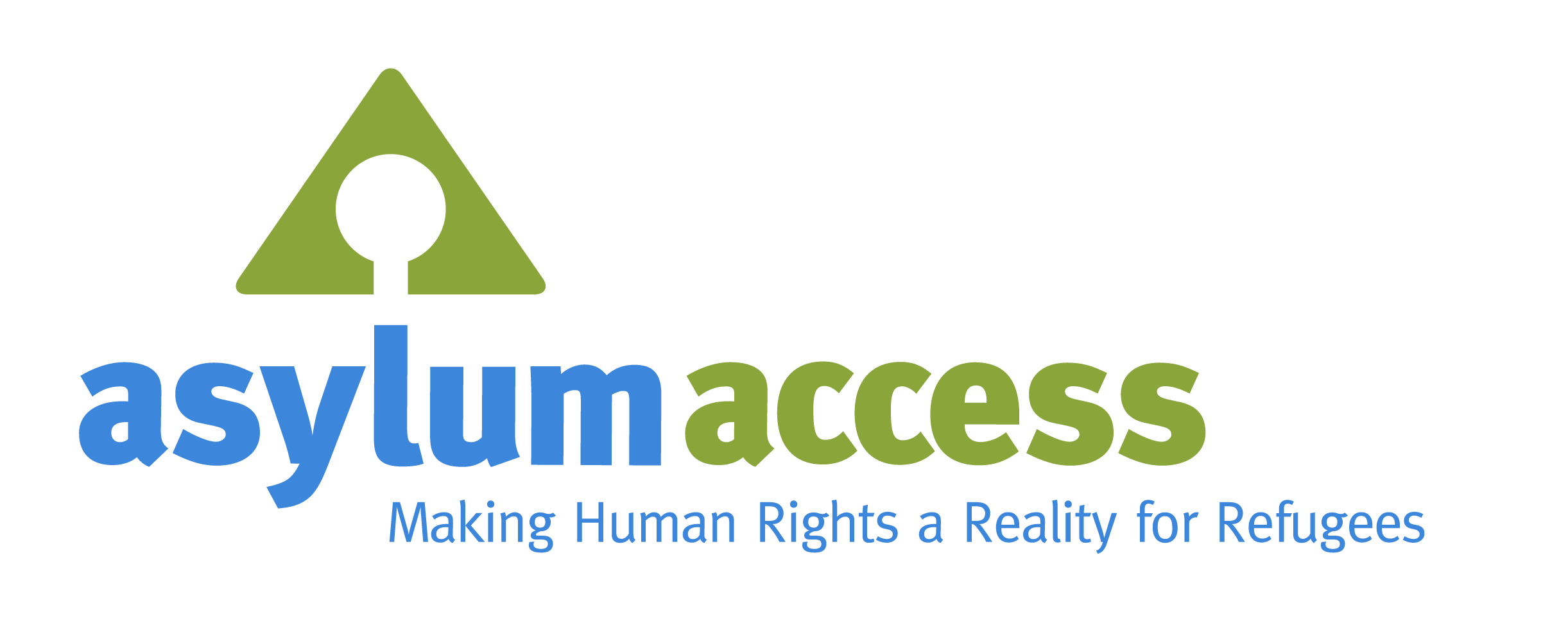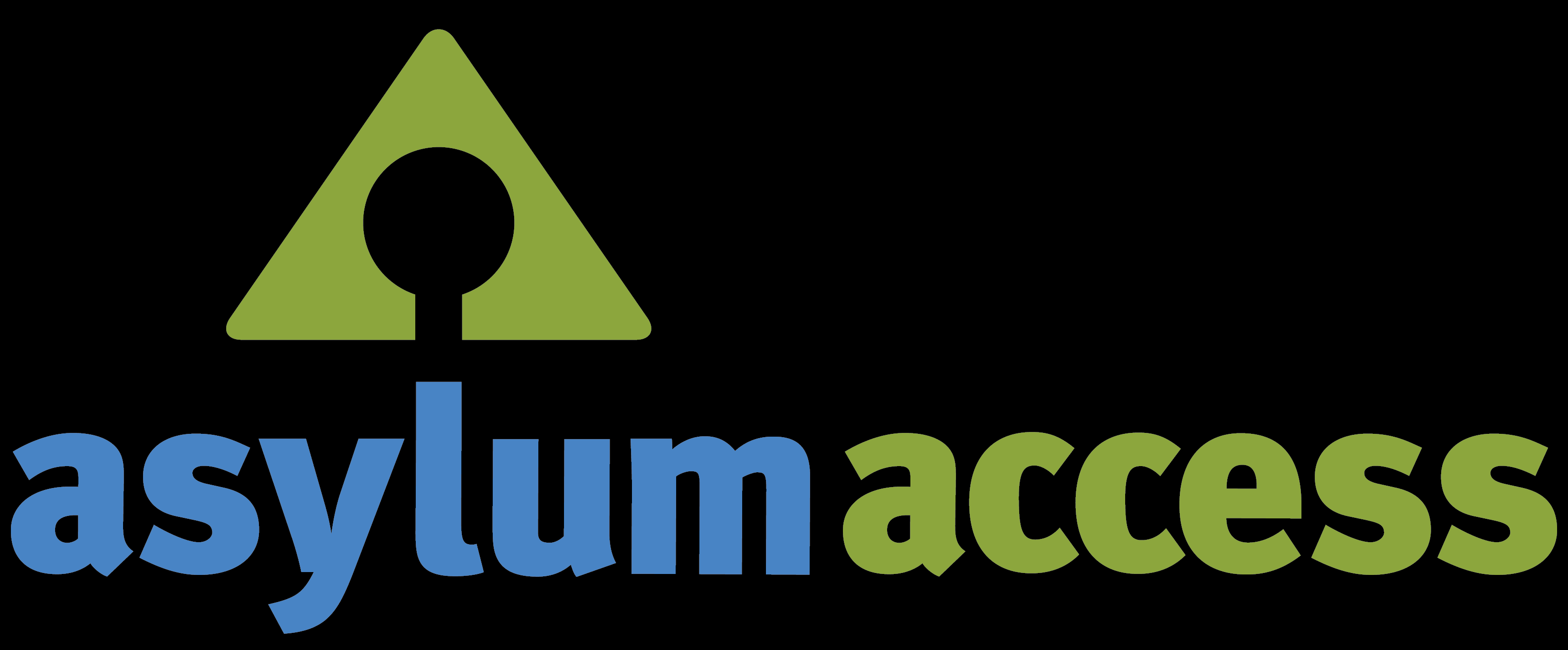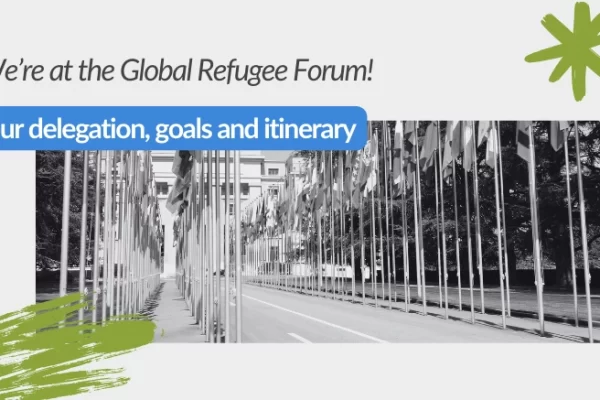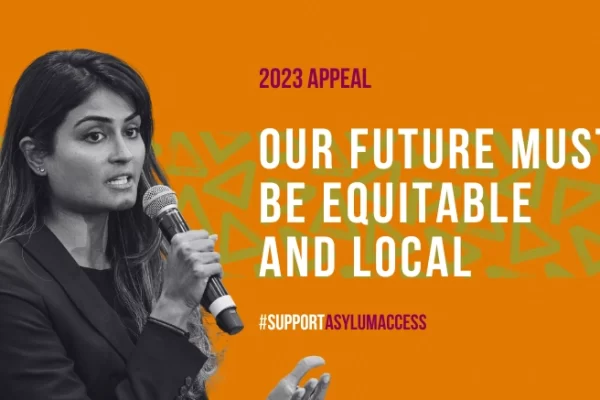Legal assistance for Central American detainees along the US border
Sarah Farnsworth was one of AAE’s first VLAs and is now an immigration lawyer in California. In this article, she shares her experience as a volunteer with the AILA Pro Bono Project where she provided legal assistance to Central American asylum seekers held in US detention centers.
It was New Year’s Day and I was boarding a plane for a weeklong pro-bono project with the American Immigration Lawyers Association (AILA) where I would be representing detained immigrant women and their children.
I was instructed to bring a laptop and a warm jacket, but apart from that I didn’t know much else about where I was going, what I would be doing, and the clients I would be representing.
What I did know was this: an unprecedented number of women and children fleeing from their Central American homelands had come to the United States to seek asylum, only to face systematic detention and deportation by the US government.
My job was to defend their rights as their attorney.
Central America’s refugee crisis
Guatemala, El Salvador, and Honduras, together referred to as the Northern Triangle, are considered three of the most dangerous countries in the world. Rife with violence due to transnational organized crime, boys and girls are being targeted and persecuted relentlessly.
While boys are being forcibly recruited into gangs, girls are at constant risk of sexual violence. Kidnappings and extortion are commonplace. Domestic violence is endemic. The government, if not complicit, has very little control.
To protect themselves and their families, women and children began seeking safety within United States borders. The US government’s reaction to this sudden influx was to place the asylum seekers in a temporary detention center in Artesia, New Mexico.
Far from safely housing asylum seekers awaiting bond or asylum hearings, the Artesia Family Residential Center was expediting the mass deportation of its inhabitants in an effort to discourage more immigration.
Inside the Artesia Family Residential Center
For detainees at Artesia, getting released was the first obstacle. Normally, if a detainee can convince a judge that she isn’t a flight risk or a danger to society, she can be bonded out of immigrant detention. However, for Artesia detainees, regardless of whether they had no criminal history or were nursing mothers, judges were deferring to Department of Homeland Security attorneys’ arguments that these women and children were a risk to national security and that treating them humanely would lead to mass migration.
Those that did get out still faced an uphill battle. There is no question that many of these women and children have been victims of persecution, yet it is extremely difficult to establish a nexus between the persecution they fear and one of the protected grounds for asylum. Gang-based asylum claims are almost always denied and only very recently have gender-based asylum claims gained momentum.
Meanwhile, conditions in the facility were comparable to those in a prison. Children inside, averaging six years old, were suffering from frequent gastrointestinal problems. There were reports of sexual assault by facility guards and complaints about temperatures in the facility, which was dubbed the hielera, or icebox. Located four hours from any major city, residents could not easily access immigration attorneys or any other type of assistance.
The Artesia Pro Bono Project
The Artesia Pro Bono Project was created by AILA members to address the lack of legal representation available to the families held at the Artesia detention facility. Volunteers were tasked with informing facility residents of their legal rights as well as representing these cases.
I learned about the project at an AILA conference in November 2014. After months of assisting Central American asylum seekers from my office in Sacramento, I was feeling helpless and burnt out. At the conference, I was hoping to find useful resources for what seemed like an endless number of hopeless cases.
Huddled around a tiny table in a taqueria, I met with like-minded attorneys who told me about the Artesia Pro Bono Project. Despite less than ideal working conditions for volunteers – 16-20 hour days in a makeshift office in a trailer – AILA attorneys were effective.
Judges began granting bond and overturning negative credible fear findings. AILA volunteers were winning previously impossible asylum cases using newly developed legal strategies. Each volunteer would take as many cases as far as they could each week, then pass the baton to the next week’s volunteers.
By volunteering, I knew that I could help those that needed it most, and would be able to take the legal theories I learned and apply them to my cases in Sacramento.
That same day, I signed up for my tour of duty.
San Antonio, Texas
The Artesia Family Residential Center was shut down the week before I was scheduled to go. Instead, I was sent to San Antonio where Artesia detainees had been relocated.
AILA had promised each and every detainee that they would not leave until Artesia was shut down and, when it finally was, project coordinators scrambled to follow their clients to detention facilities in Dilley and Karnes, Texas.
During my week in San Antonio, I was assigned three cases involving women and their daughters that had been detained for nearly six months. I designed detailed case plans for their asylum hearings and at the end of the week, I passed my plans off to the next team of attorneys.
Back at my practice in Sacramento, I’ve won several asylum cases for unaccompanied minors using lessons learned from San Antonio. I was also informed that one of my Dilley clients lost her asylum case, but that the AILA team is committed to the appeal, just as they are committed to serving the rest of the families still waiting in immigration detention centers.
It is easy to feel overwhelmed in the face of family detention and the refugee crisis. But programs like the AILA Pro Bono Project and Asylum Access are a reminder of how much good a group of dedicated volunteers can do. We are not just providing much needed direct services; we’re also influencing broader policy changes.
Written by Sarah Farnsworth Torres
Newsletter Spring 2015





